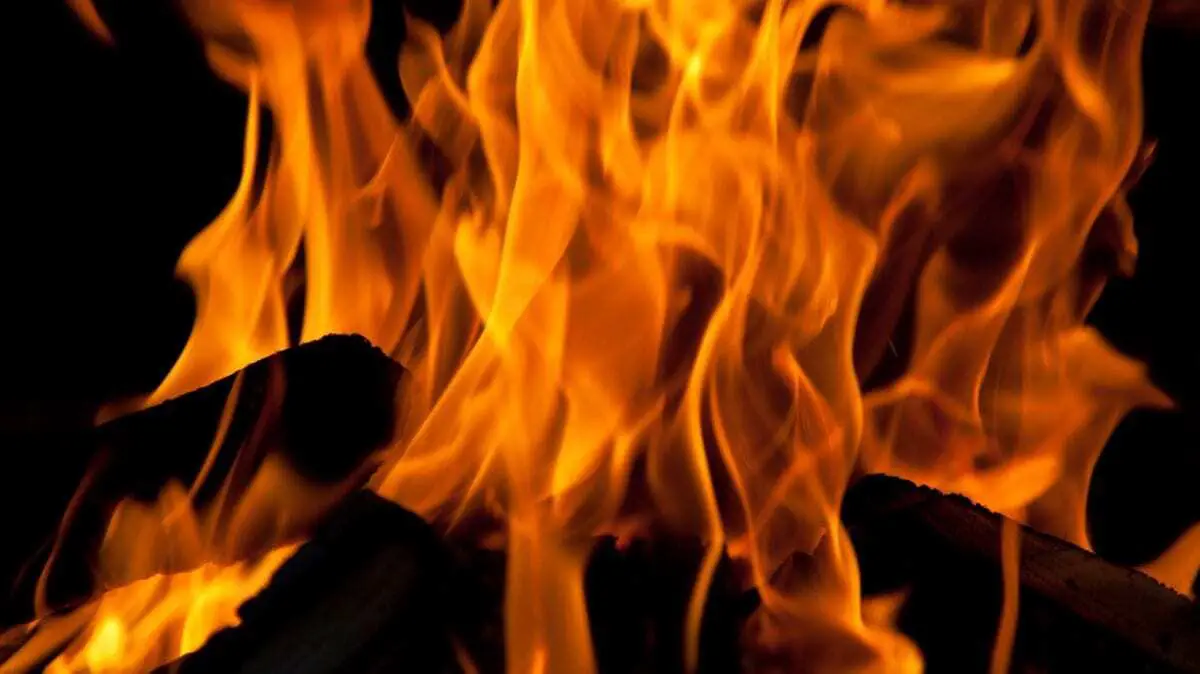Neanderthals were able to make fire on a large scale with the aid of pyrite and hand-axes.
This means they could decide when and where they wanted fire and were not dependent on natural fire, as was thought earlier.Archaeologist Andrew Sorensen has discovered the first material evidence for this. Publication in Scientific Reports.
Dependent on natural fire
‘Late prehistoric modern humans could make fire whenever they needed it,’ says archaeologist Andrew Sorensen. They did so by striking a piece of pyrite – a mineral that contains iron – with flint tools called strike-a-lights. But there was no evidence their more ancient relatives the Neanderthals, a long-extinct prehistoric human species, used this technique as well. The general idea was therefore that Neanderthals did not make their own fire, but were dependent on natural fires caused by lightning strikes, for instance. Sorensen: ‘They would have collected flaming sticks to light their own fires, which they kept burning at all times and were even able to take with them as they moved around.’ No mean feat, nor are you always guaranteed fire.
A hand axe from the research by Andrew Sorensen. In the marked sections there are microscopic traces are visible of the striking with pyrite.
Microscopic wear
This idea now appears to be incorrect, at least among some younger Neanderthal groups. Sorensen has discovered that our Stone Age cousins were able to make their own fires, and that this practice was widespread. Together with French archaeologist Emilie Claud and Leiden Archaeology Professor Marie Soressi, he discovered very specific microscopic wear on flint hand-axes (also called bifaces) from the Middle Palaeolithic, the era of the Neanderthals. ‘I recognised this type of wear from my earlier experimental work. These are the traces you get if you try to generate sparks by striking a piece of flint against a piece of pyrite.’ Only these hand-axes are much older than the fire making tools on which this wear has so far been found.
Making fire on a large scale
Sorensen and Claud studied dozens of hand-axes of about 50,000 years in age from various sites throughout France. They found the same distinctive wear on all of them. ‘This proves that it was not an incidental find, but that the Neanderthals could make fire on a large scale,’ says Sorensen. And that is of huge significance. Sorensen explains: ‘Being able to make their own fire gives the Neanderthals much more flexibility in their lives. It’s a skill we suspected, but didn’t know for sure they possessed. That they figured out bashing two rocks together could produce a brand new substance (fire) completely unlike the parent materials gives us new insight into the cognitive skills of Neanderthals. It shows Neandertals possessed similar technological capabilities to modern humans, even though they sometimes behaved differently.’
Striking flint with pyrite
With a combination of microscopic research and experiments, Sorensen discovered that the traces of wear were specific to fire making. ‘You see percussion marks in the shape of a letter C. You also see parallel scratches, or striations, along the length of the hand-axe and mineral polish on the surface.’ He carried out various experiments to eliminate other causes of this distinctive wear. He used hand-axes to grind pigments, sharpen other tools, and for other pounding and rubbing activities using various types of stone. ‘A hand-axe was the Neanderthal Swiss Army Knife. They used them for everything. But only making fire with pyrite would have produced this exact suite of use-wear traces.’
Microscopic recordings of the hand-axes: left the C-shaped indentations, right the lengthwise scratches.
Header Image – CC License – Public Domain





